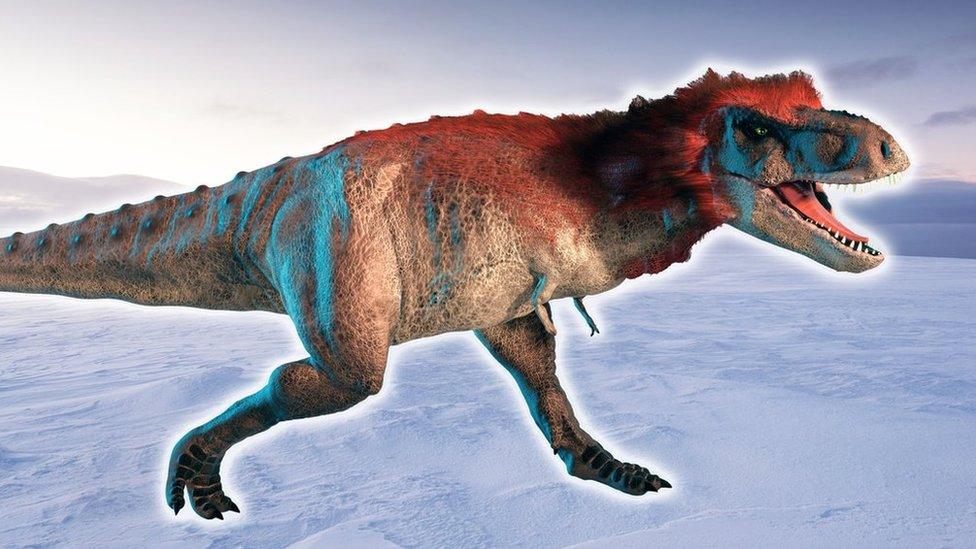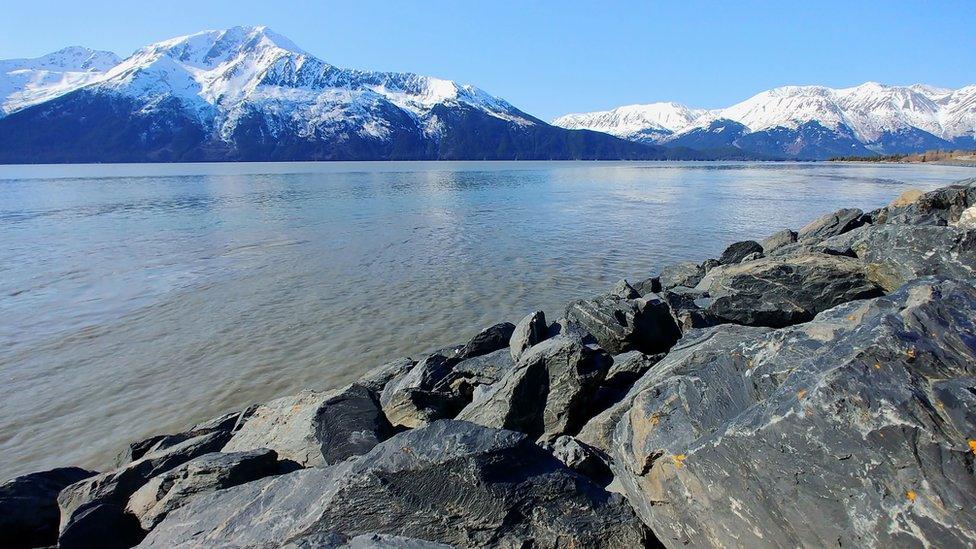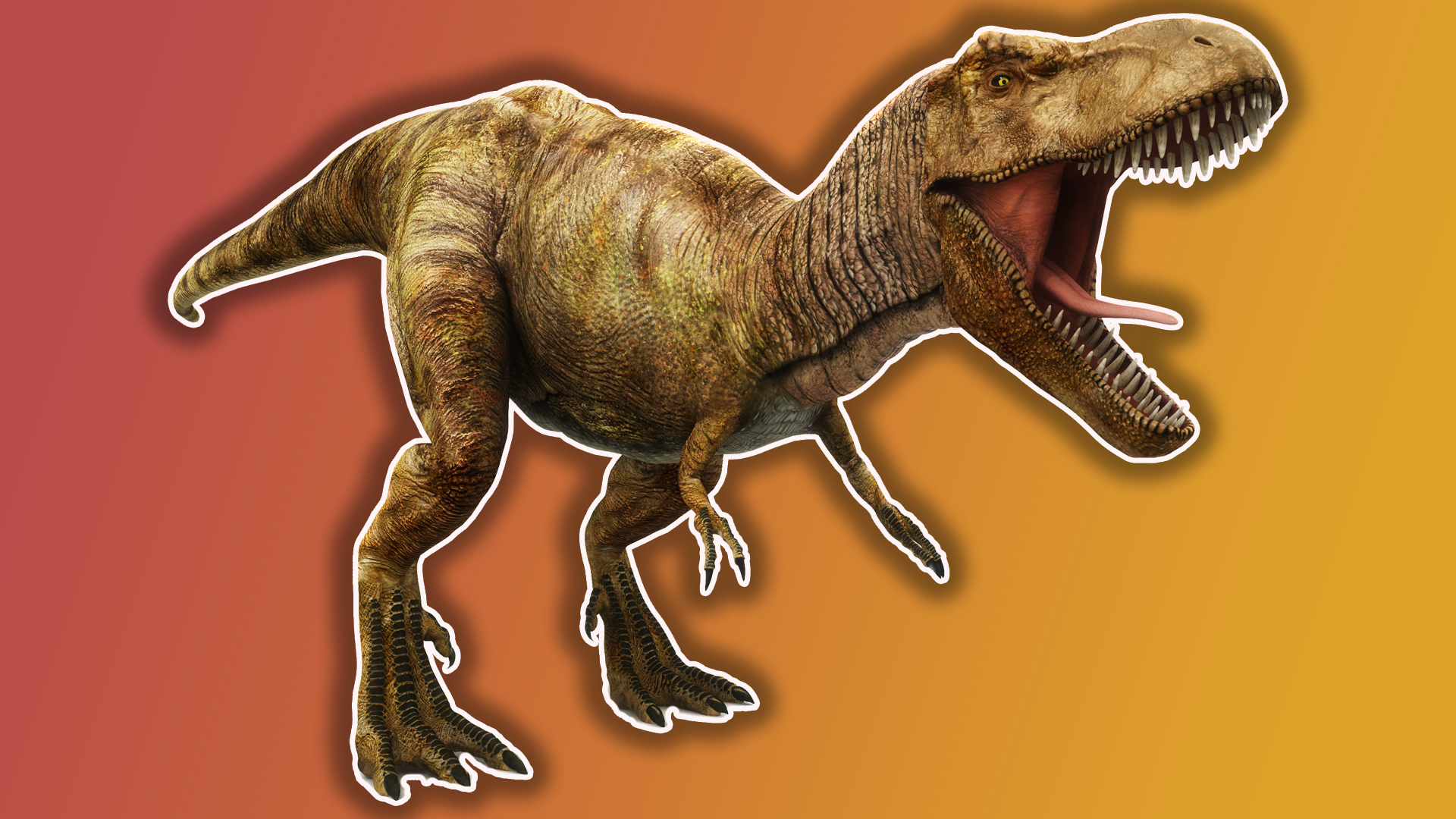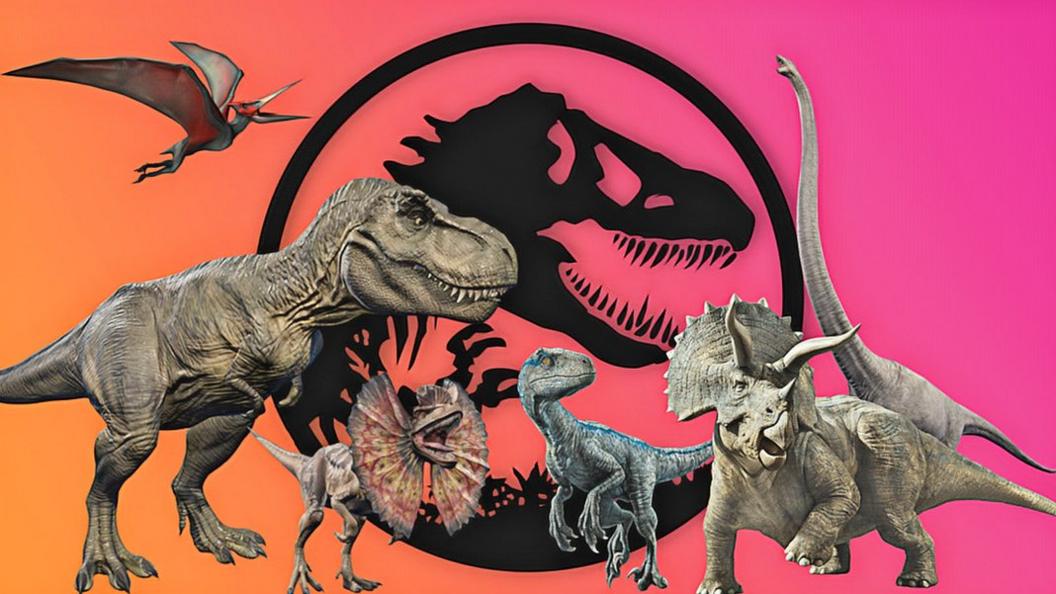Were dinosaurs warm-blooded? Tyrannosaur bones discovered in the Arctic
- Published
- comments

Tyrannosaurs used to live in the Arctic, according to new research.
Brrr that's right, some of the fearsome predators used to roam the arctic tundra in search of food, and also to lay their eggs, around 70 million years ago, according to new research by Patrick Druckenmiller, Gregory Erickson and their students.
The team analysed a number of fossils and bones found in the Prince Creek Formation (PCF) in north Alaska and made some interesting discoveries.
They found that Tyrannosaurs weren't the only dinos living in the arctic, there were at least seven other species of dinosaur, including hadrosaurids (duck-billed dinosaurs) and ceratopsians (horned dinosaurs).
"These represent the northernmost dinosaurs known to have existed," said Patrick Druckenmiller.
Why is this discovery a big deal?

Life at that time in the arctic would have been pretty grim.
The average yearly temperature was just six degrees celcius, and dinosaurs could experience months of darkness in the winter. Not the easiest place to live and raise babies!
For this reason it has only been recently that researchers have even considered that dinosaurs might have lived in the arctic.
That's why this exciting discovery could support a pretty ground-breaking theory: Were dinosaurs warm-blooded?
Gregory Erickson thinks they could have been: "Year-round residency in the Arctic provides a natural test of dinosaurian physiology," he explains.
"Cold-blooded terrestrial vertebrates like amphibians, lizards, and crocodilians have yet to be found, only warm-blooded birds and mammals - and dinosaurs. I think that this is some of the most compelling evidence that dinosaurs were in fact warm-blooded."
- Published28 March 2019

- Published22 March 2018

- Published11 June 2021

